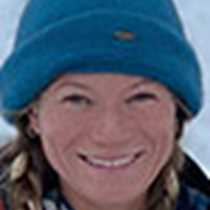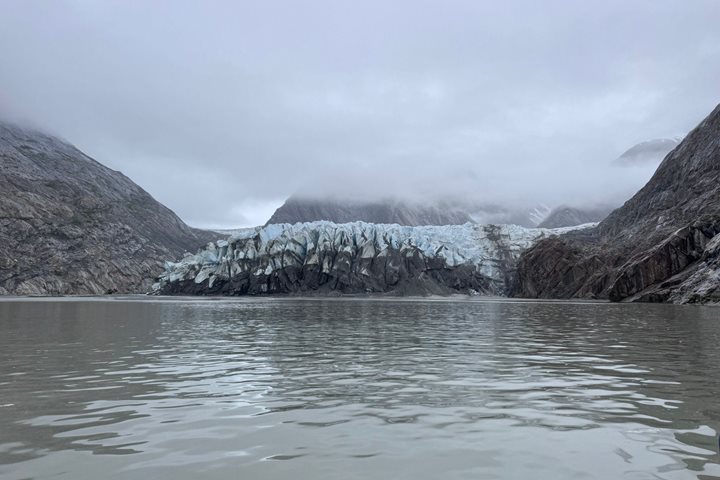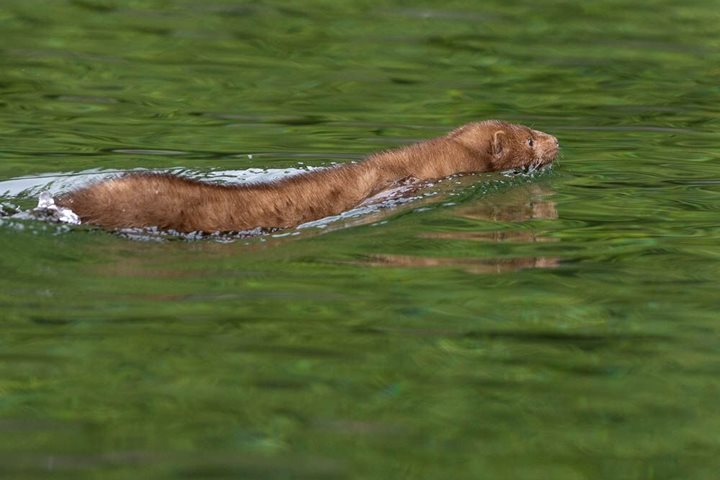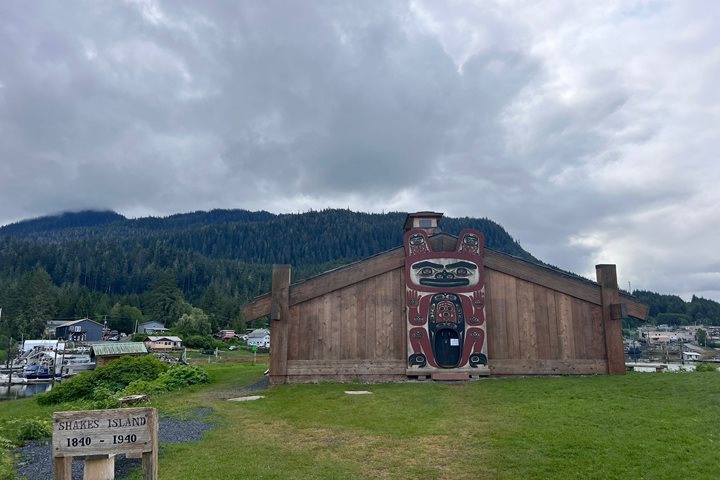Overnight, the bridge team of National Geographic Sea Bird navigated south through Stephens Passage from Tracy Arm fjord to Le Conte Bay where icebergs that calved from the glacier are grounded by the shallow tidal bar. This allows us to safely get up close and personal with these magnificent pieces of ice by Zodiac.
In the afternoon, we crossed the bay and went hiking in an old growth forest in Ideal Cove on Mitkof Island. What a fantastic and unforgettable day!







